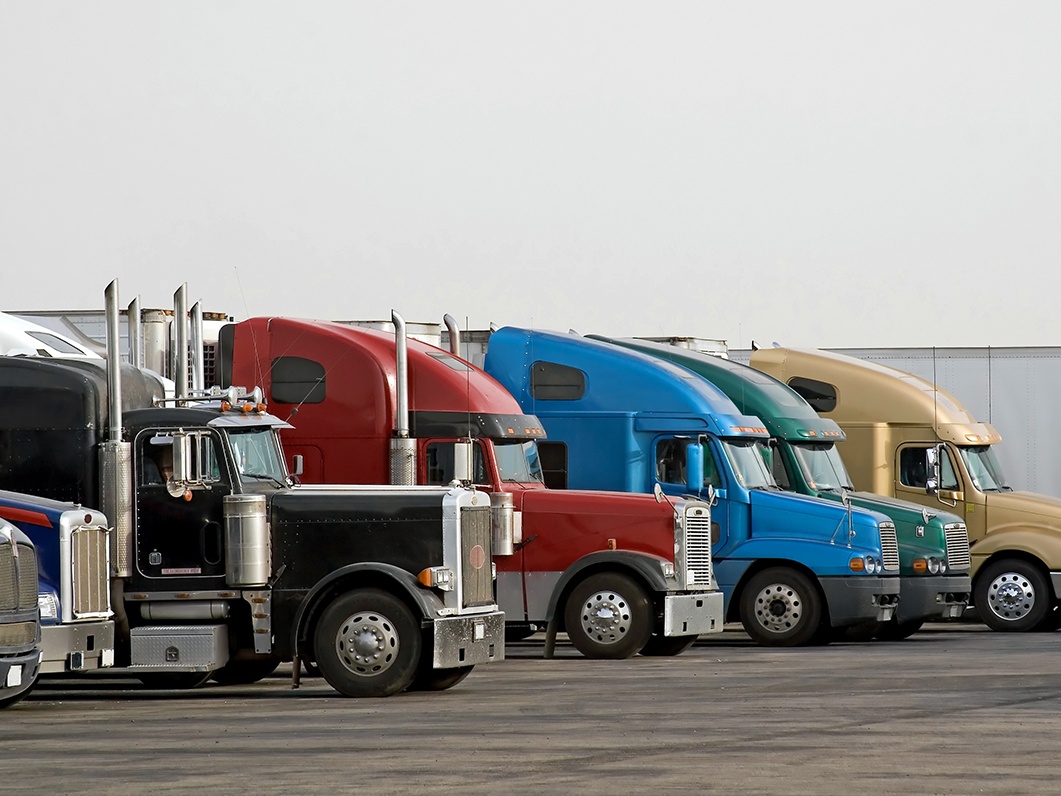By Cain Adams, Trinity Logistics/Longboard Logistics, Meridian, ID
The spot freight rate market is hot in some areas and slower than molasses in others. We saw the holiday drive prices up but nothing substantial. Once Memorial Day passed the market went back down a bit.
California, New Mexico, and Georgia were higher than most other areas. The average price per mile seems to be landing between $2.25 to $3.25 per mile, depending on the lane and distance.
There is a swing even between days. Monday rates are lower while Friday is higher. This is because trucks are stacking up over the weekend and motivated to roll.
We have been watching fuel and an additive called DEF. DEF comes from urea which is mostly imported from Russia. Yep. Russia. DEF last year was hovering at $9 a gallon and has doubled in cost since. This product is used in Tier 4 diesel engines helping to reduce emissions.
Newer motors will not run without DEF. Older motors do not have this problem and run without DEF. Some guys are actually detaching the DEF device, which is illegal, but owners do not want to be stuck.
Fuel costs are almost double over last year. Imagine paying $50,000 one year and then paying $100,000 the next? Then, making $3-$4 a mile down to $2.25 to $3.25? The squeeze is on.
The oil companies can open the spigot at any time, but why would they? They make more profit from keeping the spigot closed down. Furthermore, inflation is over 8 percent. How do you slow down an economy? One way is increasing the cost of fuel. Add in all the new trucks sold in 2021, and we have a glut.
According to data provided by ACT Research, manufacturers reported U.S. sales of 25,116 new Class 8 trucks in December, an increase of 47.6 percent over November sales of 17,021 trucks.
The supply of truck drivers was seen as a problem and helped force prices up. In turn, advertising for truck drivers was plastered everywhere. Drivers left large companies and bought their own trucks. New trucks. Trucks needing DEF.
Then, inflation hit. The pandemic brought out a lot of online shoppers. You know, the kind who sat in bed, watched Netflix, munched on popcorn, and ordered items from Amazon. Basically me.
Then, masks were gone overnight, people started going to work, and online ordering started to go down. China locked down, and ordering has come down. Will this allow inflation to come down and we see a soft landing?
New trucks, and high truck payments with 37 percent less to haul spell disaster for these new owner-operators. How long can they hang on? Our job is to be in the middle. Last year, we were asking drivers to come down on rates. This year we are asking customers to come up a bit on spot freight.
When spot freight is down, future contracts will price lower. But what happens if China opens its doors this fall when freight for the holidays starts back up? Will those owner-operators be around that long? Will consumers come back to shop or will they feel the pressure of the recession coming our way? Will the war between Ukraine and Russia end sooner or later? Will the rich keep pumping money into natural resources and keep costs high? We have a lot of questions and not many answers. Volatility seems to be the word of the day. Farmers are paying more for labor, fertilizers, and fuel. It’s going to be a tight few years for many, but as always, we all find a way to make it. One way or another we rally as a nation and figure it out. Costs will go up but we as a collective nation pivot. Keep pivoting and keep looking for opportunities. That’s the American way.



